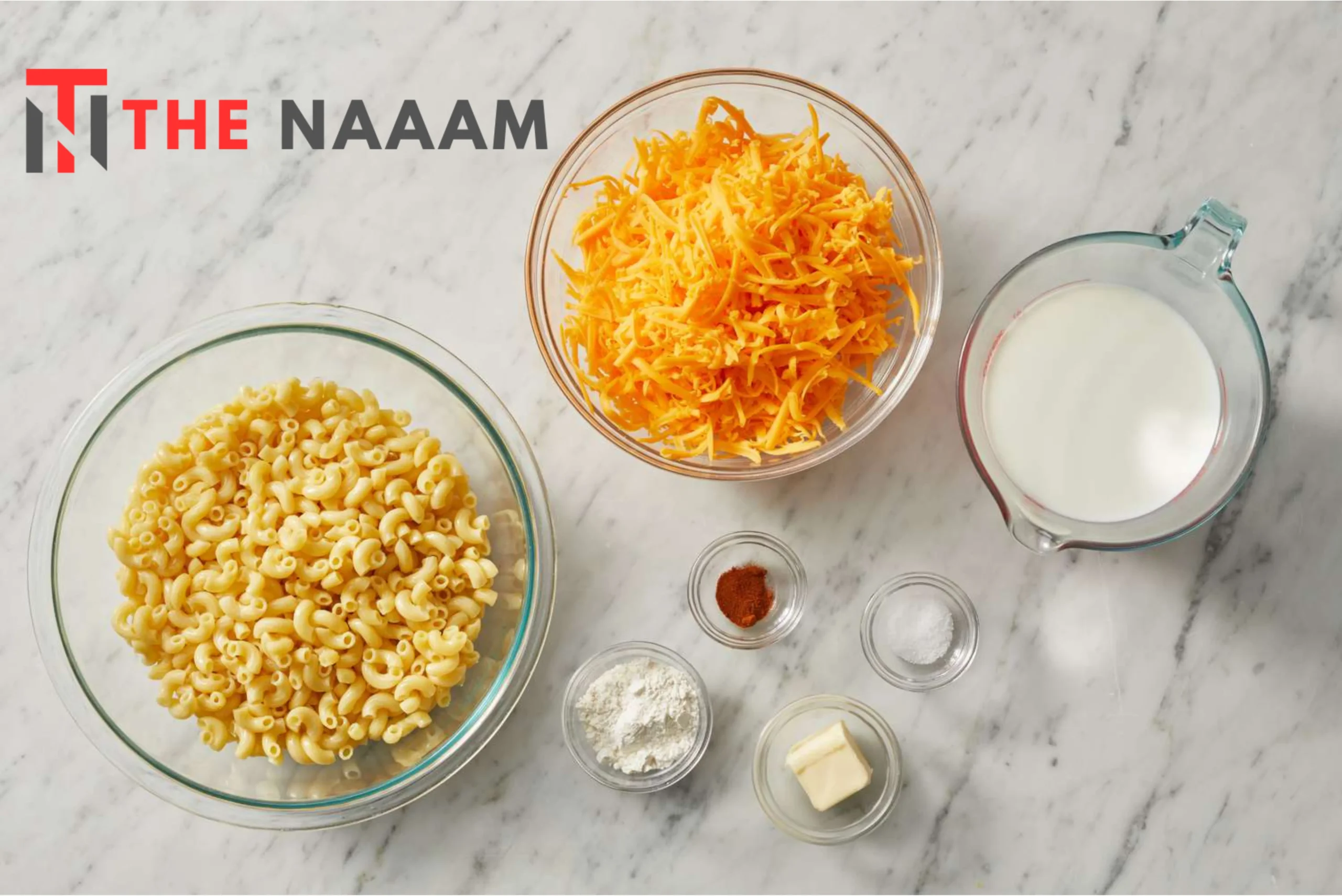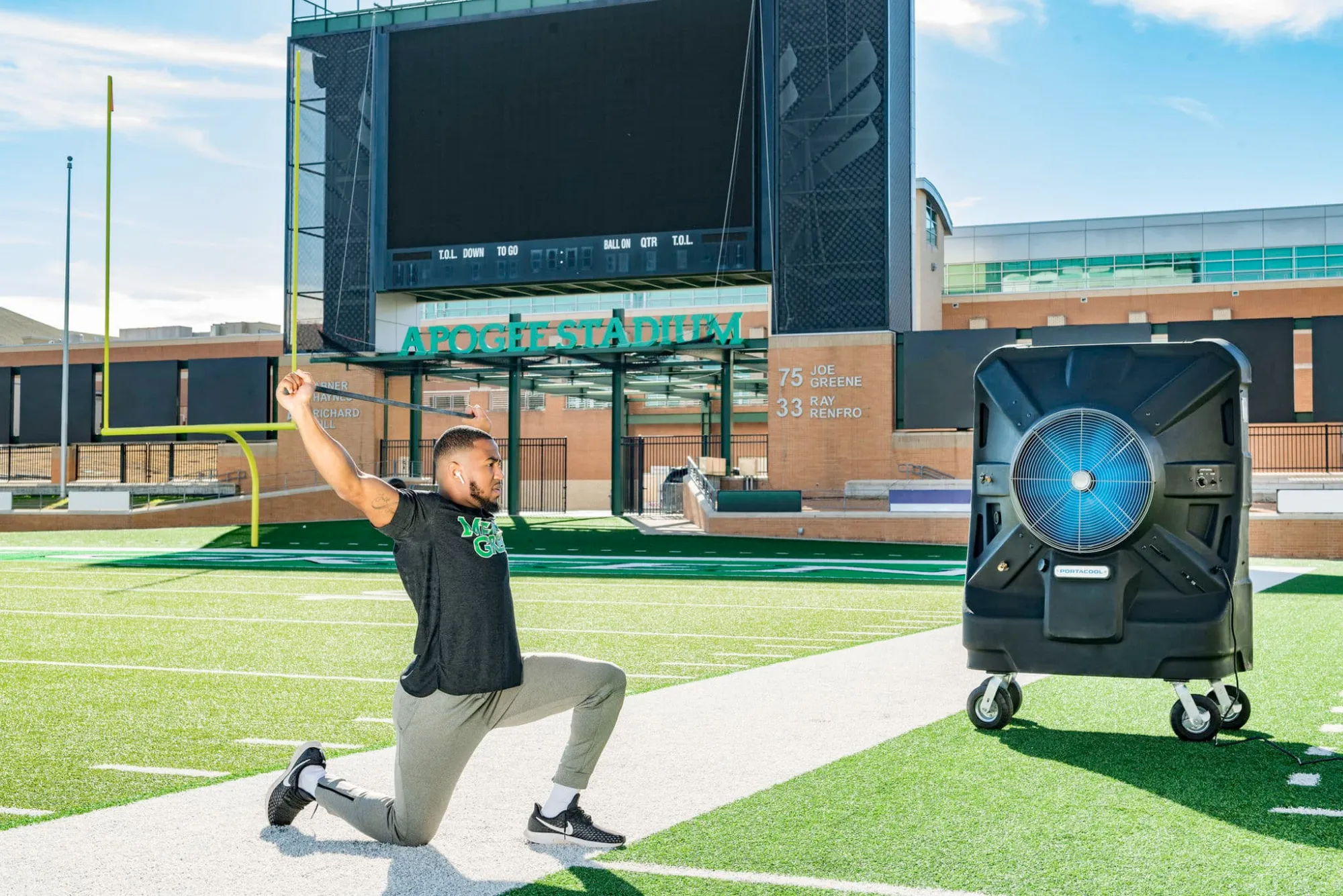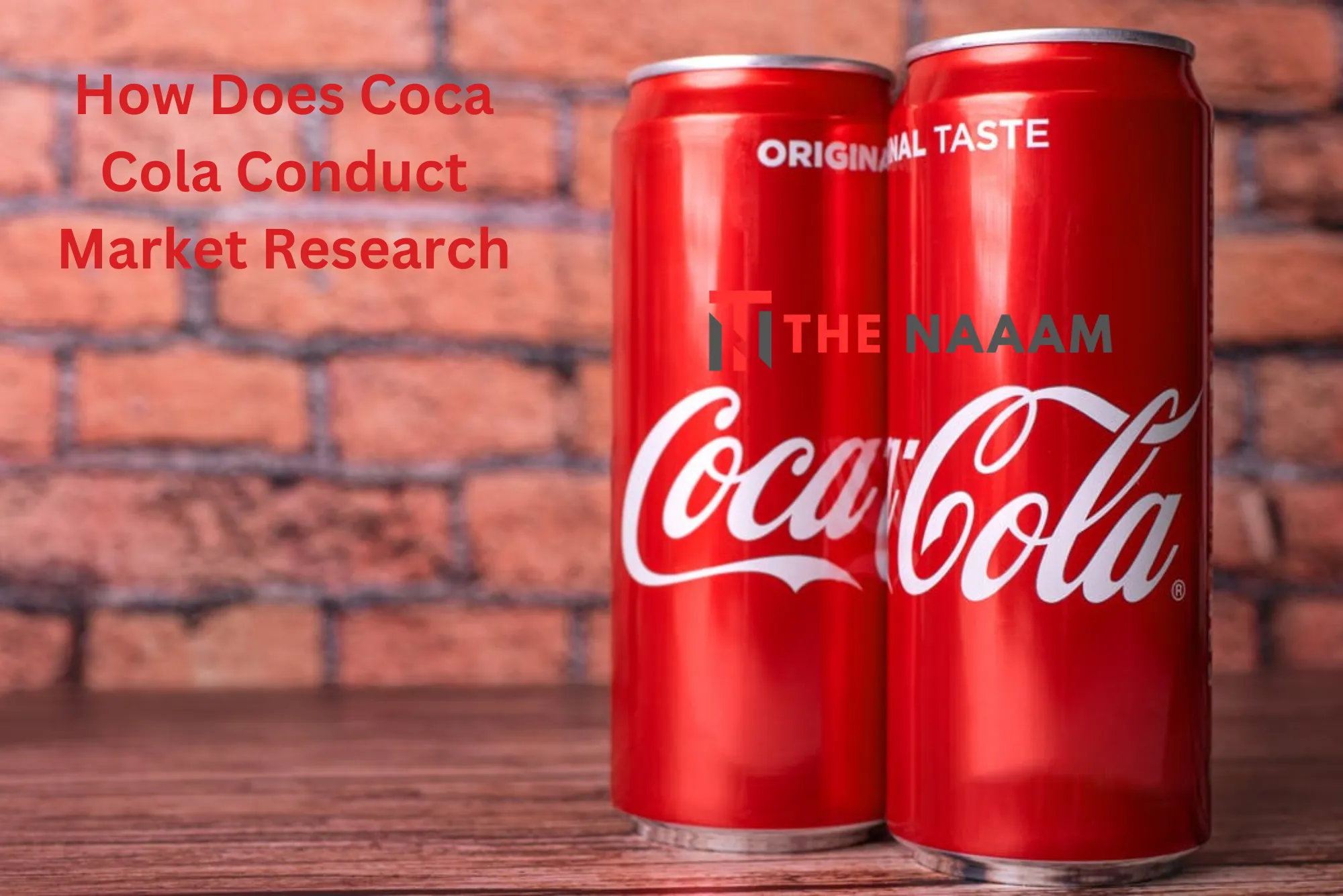Table of Contents
ToggleInside Coca-Cola’s Market Research Methods
Explore How Does Coca Cola Conduct Market Research to stay ahead in the beverage industry. Learn about their strategies, techniques, and insights for consumer engagement.
Coca Cola, a global beverage giant, maintains its competitive edge through robust market research strategies. This article delves into how Coca Cola conducts market research, highlighting its methodologies and the importance of consumer insights in shaping its business decisions.
Understanding Coca Cola’s Approach to Market Research
Coca Cola’s market research endeavors are multifaceted, encompassing a variety of techniques to gain comprehensive insights into consumer preferences, trends, and behaviors. By leveraging both traditional and innovative methodologies, Coca Cola stays attuned to the evolving market landscape.
Traditional Market Research Methods
- Surveys and Questionnaires: Coca Cola administers surveys and questionnaires to gather quantitative data on consumer preferences, consumption habits, and brand perception. These insights help refine marketing strategies and product development initiatives.
- Focus Groups: Utilizing focus groups allows Coca Cola to delve deeper into consumer attitudes and perceptions. By facilitating discussions among small groups of individuals, Coca Cola gains qualitative insights that complement quantitative data.
- In-depth Interviews: Conducting in-depth interviews with consumers provides nuanced insights into their motivations, preferences, and purchasing behavior. These interviews offer valuable qualitative data that informs marketing strategies and product innovations.
Utilizing Advanced Technologies

- Big Data Analytics: Coca Cola harnesses the power of big data analytics to extract actionable insights from vast amounts of consumer data. By analyzing purchasing patterns, social media interactions, and online behavior, Coca Cola identifies emerging trends and anticipates consumer demands.
- Social Media Monitoring: Monitoring social media platforms enables Coca Cola to gauge consumer sentiment, identify emerging trends, and address customer concerns in real time. By actively engaging with consumers on social media, Coca Cola cultivates brand loyalty and drives consumer engagement.
- Machine Learning and AI: Leveraging machine learning and artificial intelligence algorithms, Coca Cola analyzes data to predict consumer preferences and personalize marketing campaigns. These technologies enable Coca Cola to deliver targeted messaging and optimize customer experiences.
Global Expansion and Local Insights
- Regional Market Research: Recognizing the diverse preferences and cultural nuances across different regions, Coca Cola conducts localized market research to tailor its products and marketing strategies accordingly. By understanding the unique needs of each market, Coca Cola ensures relevance and resonance with consumers worldwide.
- Partnerships and Collaborations: Coca Cola Market Research collaborates with local partners and stakeholders to gain insights into regional market dynamics. By leveraging local expertise and insights, Coca Cola adapts its strategies to effectively navigate diverse markets and capitalize on emerging opportunities.
Innovations in Product Development
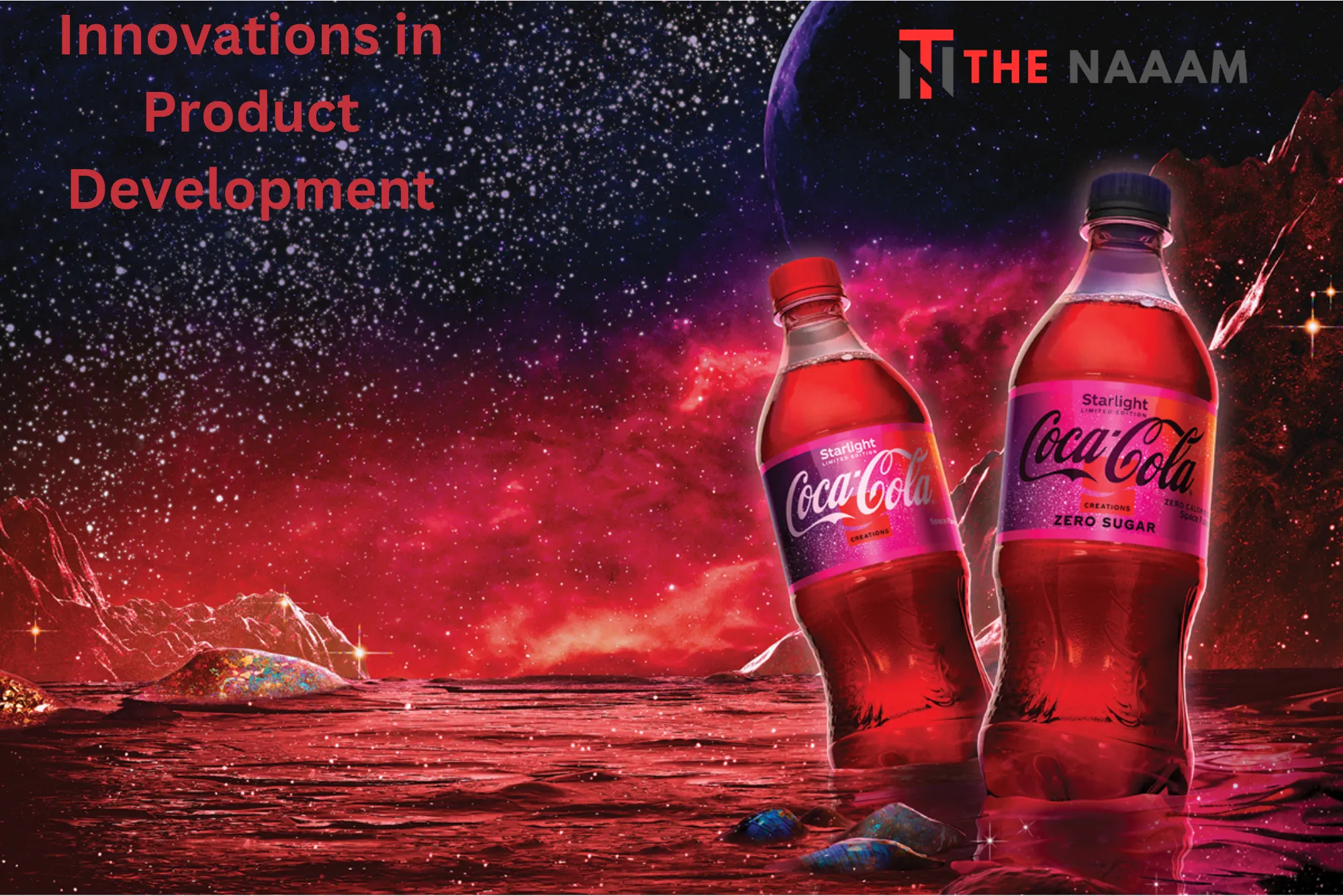
- Consumer Co-creation: Engaging consumers in the product development process fosters innovation and ensures alignment with consumer preferences. Coca Cola solicits feedback from consumers through co-creation initiatives, allowing them to actively participate in shaping new product offerings.
- Pilot Programs and Test Markets: Before launching new products on a global scale, Coca Cola conducts pilot programs and test markets to gauge consumer response and refine product offerings. These initiatives minimize risk and optimize product success in diverse markets.
How Does Coca Cola Market Their Products?
Coca Cola employs a multifaceted approach to market its products, encompassing various strategies tailored to reach diverse consumer segments effectively. Central to Coca Cola’s marketing efforts is its iconic brand identity, which evokes emotions and nostalgia worldwide. Through targeted advertising campaigns,
Coca Cola leverages its brand equity to resonate with consumers and reinforce its position as a leading beverage provider. Additionally, Coca Cola employs strategic partnerships and sponsorships to extend its reach and visibility, aligning with events, sports leagues, and cultural moments that resonate with its target audience.
By engaging with consumers across multiple touchpoints, including television, digital platforms, and experiential marketing initiatives, Coca Cola maintains a ubiquitous presence in the market. Furthermore, Coca Cola Market Research prioritizes innovation in product packaging and design, adapting to evolving consumer preferences and trends.
Through continuous market research and consumer insights, Coca Cola refines its marketing strategies to remain relevant and engaging in an increasingly competitive landscape. Overall, Coca Cola’s marketing approach is characterized by creativity, consistency, and adaptability, ensuring its products remain a staple in households worldwide
Coca Cola’s Market Segmentation Strategy
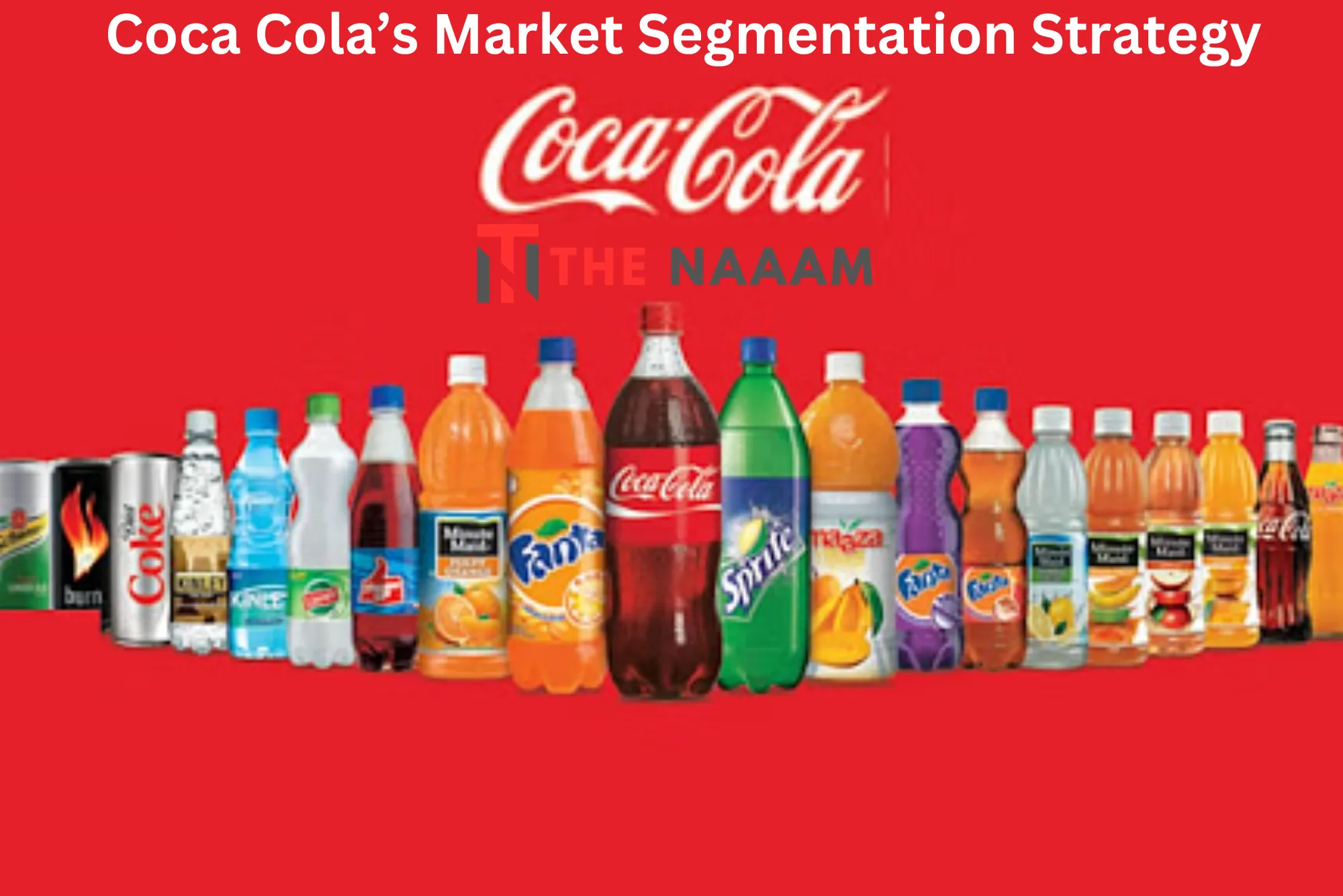
Coca Cola’s market segmentation strategy is a cornerstone of its success, enabling the company to effectively target diverse consumer groups with tailored marketing initiatives. Through careful analysis of demographic, psychographic, and behavioral factors, Coca Cola divides the market into distinct segments, each with its own unique characteristics and preferences.
Understanding Consumer Diversity
By understanding the varying needs and preferences of different consumer segments, Coca Cola can develop products, pricing strategies, and marketing campaigns that resonate with specific target audiences. For example, Coca Cola may target young adults with energy drinks like Coca Cola Energy, while offering diet soda options for health-conscious consumers.
Maximizing Marketing Effectiveness
This segmentation approach allows Coca Cola to maximize its marketing effectiveness and drive consumer engagement across various demographics and market segments.
Continual Refinement
By continually refining its segmentation strategy based on evolving consumer trends and preferences, Coca Cola maintains its position as a leader in the beverage industry.
Pepsi Vs Coca Cola Market Share
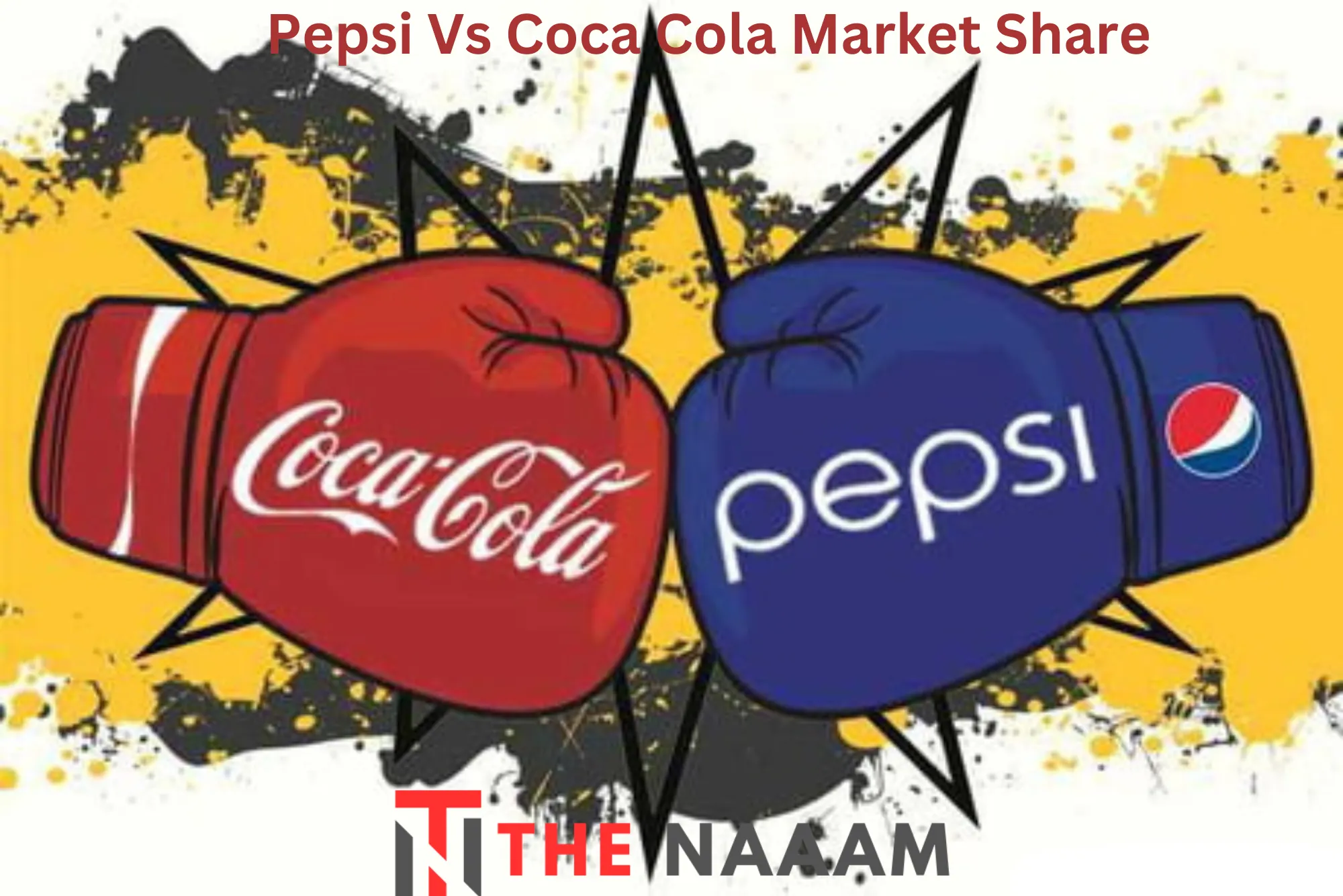
In the ongoing competition for market dominance, Coca-Cola typically holds a larger share of the global beverage market compared to Pepsi. While both brands engage in fierce rivalry, Coca-Cola’s extensive brand recognition, diverse product portfolio, and widespread global presence often contribute to its higher market share.
However, Pepsi remains a formidable competitor, particularly in certain regions and segments where it has established a strong foothold. Despite variations in market share over time and across different regions, the competition between Pepsi and Coca-Cola continues to drive innovation and marketing strategies within the beverage industry.
Here Are Some Important Distinctions Between Pepsi And Coca-cola:
| Aspect | Pepsi | Coca-Cola |
|---|---|---|
| Founding Year | 1893 | 1886 |
| Headquarters | Purchase, New York, United States | Atlanta, Georgia, United States |
| Market Share | Varied by Region and Category | Generally Larger Globally |
| Brand Portfolio | Pepsi, Mountain Dew, Lay’s, Gatorade, etc. | Coca-Cola, Sprite, Fanta, Dasani, etc. |
| Diversification | Beverages, Snacks, Food Products | Primarily Beverages |
| Advertising Slogan | “For the Love of It” | “Taste the Feeling” |
| Notable Campaigns | Pepsi Challenge, Pepsi Refresh Project | “Share a Coke” Campaign |
Apple’s Utilization of Market Research A Strategic Imperative
Apple uses market research as a core pillar of its business strategy, adopting a variety of approaches to obtain insights into consumer preferences, behaviours, and industry trends. The organisation undertakes thorough market study to better understand changing consumer needs and create new chances for innovation. Thus, understanding How Does Apple Use Market Research? is critical for realising the complexities of its strategic approach and market position.
Apple collects qualitative and quantitative data via surveys, focus groups, and customer feedback systems to help guide product development, marketing initiatives, and user experience improvements. Apple may use market research to forecast demand, develop product features, and effectively position its offers in the competitive landscape. From refining existing goods to finding new market niches, market research is critical to Apple’s decision-making processes, guiding the company to continuing success and consumer pleasure.
Coca Cola’s Market Penetration Strategy Capturing Consumer Spending
coca cola market penetration strategy focuses on expanding its market share within existing markets through aggressive marketing and distribution efforts. At the core of Coca Cola’s market penetration strategy is the relentless pursuit of increasing brand presence and accessibility. By saturating existing markets with its products through strategic pricing, promotional campaigns, and widespread distribution channels, Coca Cola aims to capture a larger share of consumer spending.
This strategy involves intensifying marketing efforts to stimulate demand, such as launching targeted advertising campaigns and offering discounts or promotions to incentivize purchase. Furthermore, Coca Cola continually innovates its product offerings to cater to evolving consumer preferences and maintain relevance in competitive markets. Through its market penetration strategy, Coca Cola reinforces its position as a market leader while striving for continuous growth and expansion.
Coca Cola’s Market Entry Strategy Leveraging Brand Strength and Adaptation
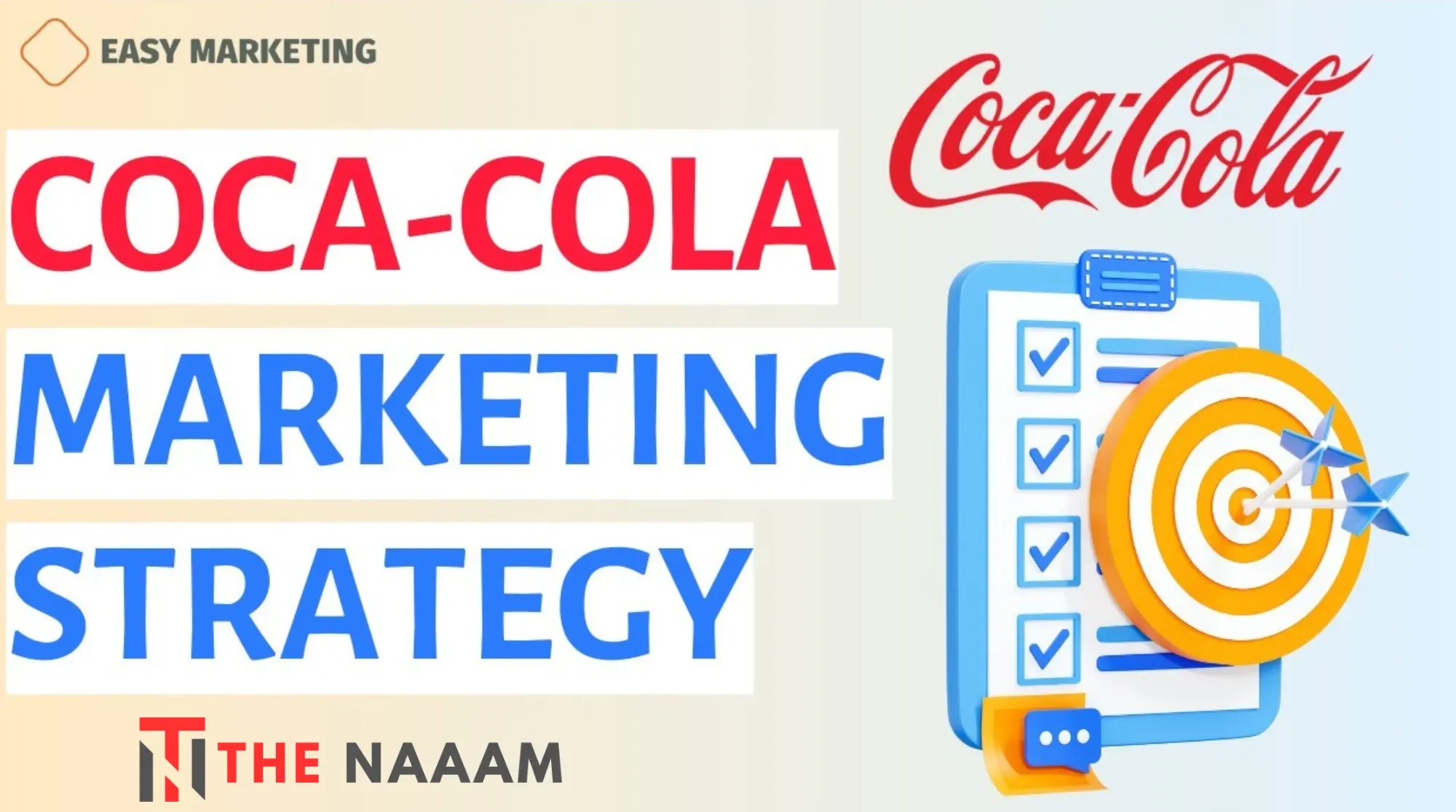
Coca Cola’s market entry strategy involves a meticulous approach to entering new markets while leveraging its brand strength and market expertise. When expanding into new territories or introducing products in existing markets, Coca Cola employs a tailored strategy that aligns with local preferences and market dynamics.
The company conducts thorough market research to assess consumer demand, competitive landscape, and regulatory requirements. By understanding these factors, Coca Cola can develop targeted marketing campaigns and distribution channels to effectively penetrate the market.
Additionally, strategic partnerships and acquisitions play a crucial role in Coca Cola’s market entry strategy, enabling the company to gain access to local resources, distribution networks, and consumer insights. With a focus on innovation and adaptation, Coca Cola continuously refines its market entry approach to capitalize on emerging opportunities and sustain growth.
Coca-Cola Stock Performance in 2016 Factors and Analysis
Coca Cola Market Price Of Stock 2016 fluctuated throughout the year, influenced by various factors such as financial performance, market conditions, and investor sentiment. While specific daily stock prices are subject to change, historical data indicates that Coca-Cola’s stock generally traded within a certain range during 2016.
Investors and analysts closely monitored Coca-Cola’s financial reports, product innovations, and strategic initiatives to gauge the company’s performance and stock value. For precise stock prices in 2016, referring to financial databases or historical stock market records would provide accurate information on Coca-Cola’s market price during that period.
Coca-Cola’s Performance and Market Standing in 2024
In their first-quarter report for 2024, Coca-Cola announced a notable increase in value share within the total non-alcoholic ready-to-drink (NARTD) beverage market. While specific global market share percentages for 2024 are not yet available, a reference point can be drawn from Statista’s data, which indicates Coca-Cola’s market share in the US as 46.3% in 2023. Although this figure may not directly reflect Coca-Cola’s global market share for 2024, it serves as a benchmark for assessing the company’s performance and market standing in terms of coca cola market share 2024.
Coca Cola’s market research efforts are instrumental in driving innovation, maintaining competitiveness, and fostering consumer engagement. By leveraging a combination of traditional methodologies and advanced technologies, Coca Cola gains actionable insights that inform strategic decision-making and drive business growth. As consumer preferences continue to evolve, Coca Cola remains committed to staying ahead of the curve through continuous market research and adaptation.





